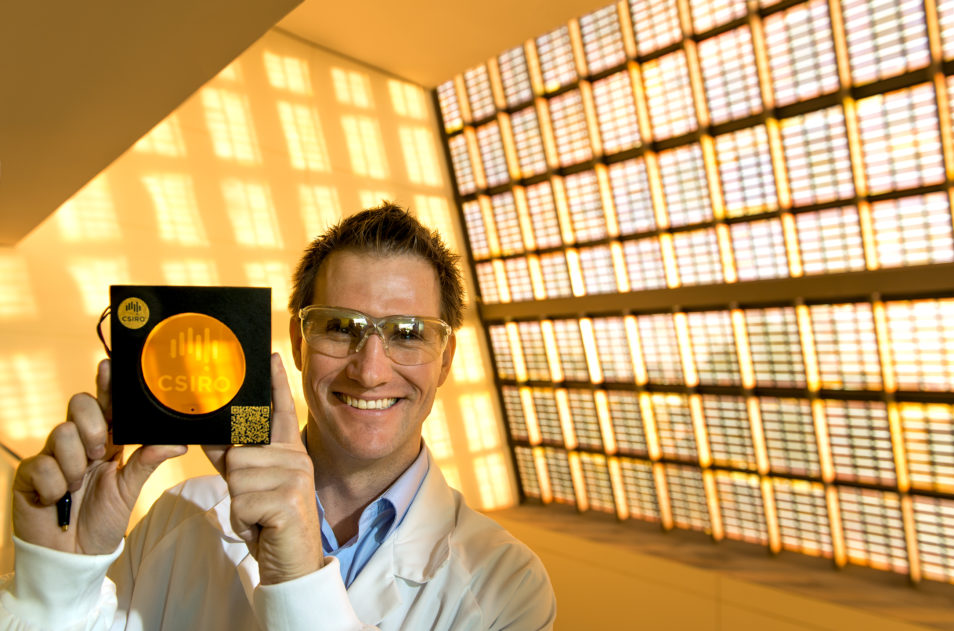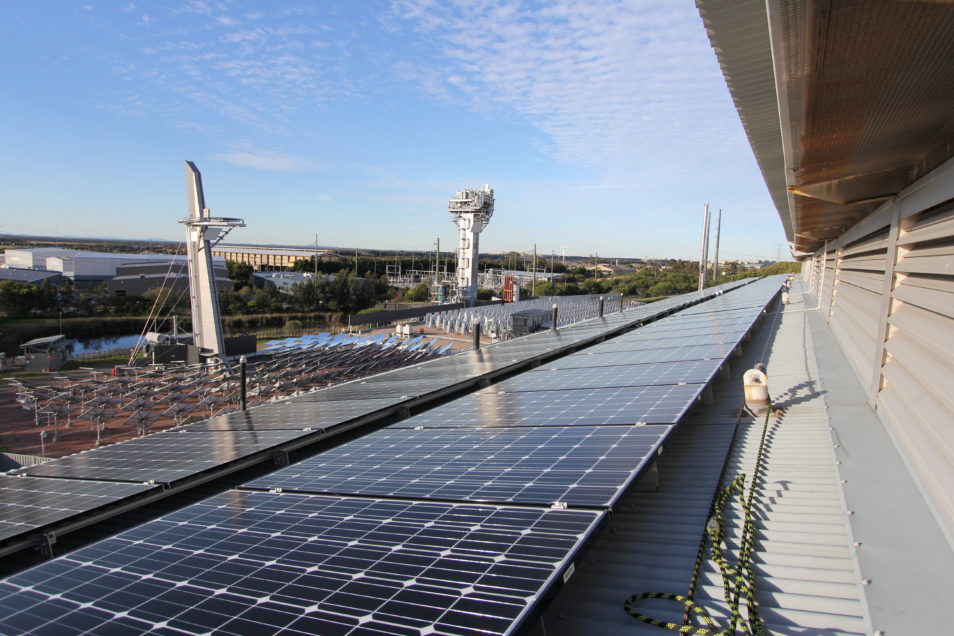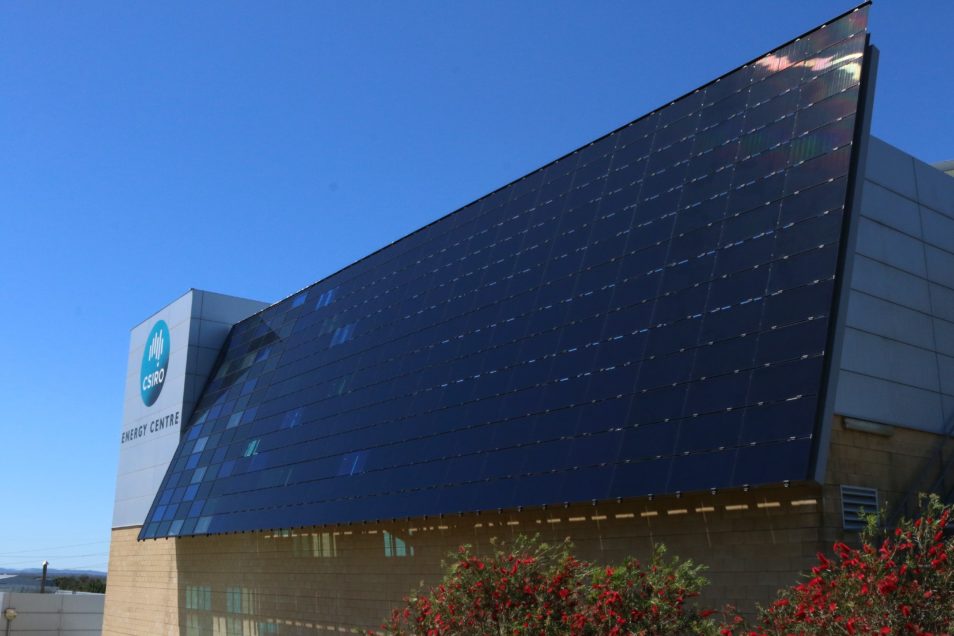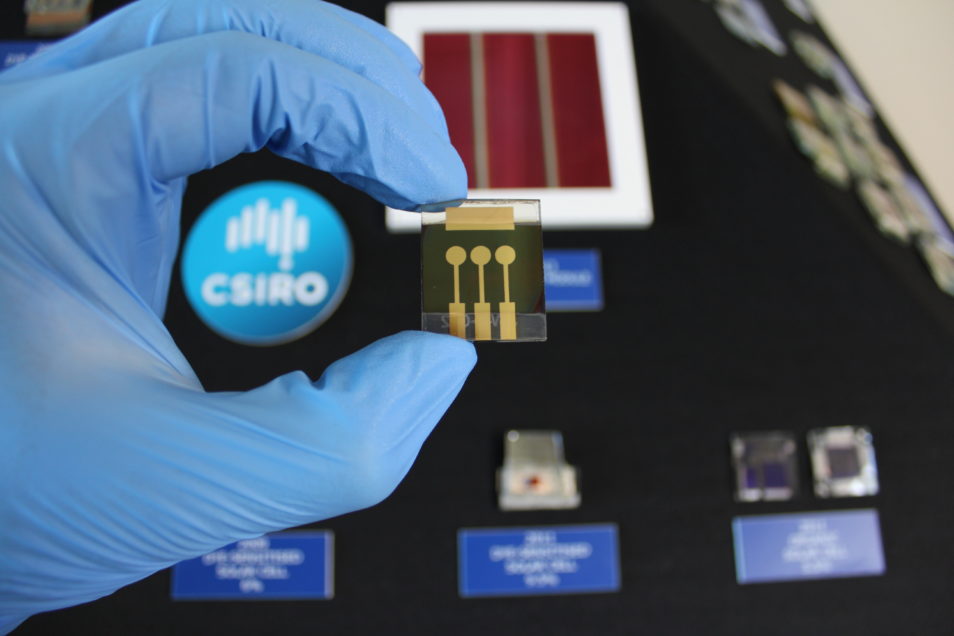
You might think that solar panels would work best in summer, when there’s more sunshine. But how hot is too hot for effective solar generation?
We have plenty of sunshine in Australia, and in summer, we have extra daylight hours and even higher solar exposure. So, what does this mean for the production of solar energy?
Renewables are playing an increasingly important part in our energy mix. So, how do seasonal variations affect our ability to generate solar when we need it most?
How do solar panels work?
Solar photovoltaic (PV) panels adorn over two million household rooftops across Australia. This is one of the highest levels of solar uptake in the world. Australia always punches above our weight on the world stage, if it’s not cricket or surfing it now includes renewable energy – Go Australia!
Solar panels capture sunlight. How? First, light energy from the sun strikes the surface of the active material that makes up the solar cells (typically a semiconductor made from silicon). This excites electrons in the material, which we then capture as electricity.
You might think solar panels would work best in summer, when there’s more sunshine. But how hot is too hot for effective solar generation? Are long, cloudless days in autumn or winter the true friends of solar PV?
We asked our solar technologies expert, Professor Gregory Wilson and his research team in Newcastle to investigate.

Gregory Wilson is the lead of CSIRO’s Solar Technologies group.
Is summer or winter better for solar?
“Our Newcastle site has more than 300 kW of installed solar panels and quite possibly the most accurate solar ground station in Australia,” Gregory told us. “We took a close look at data from the few days around the winter and summer solstices (the peaks of each season). From that we can understand the effects of a ‘typical’ summer and winter day on how much solar energy we can capture.”
We noticed that the amount of solar energy (solar irradiance) on a clear day in summer is about double the sunlight we receive in winter.
Despite the fact temperatures outdoors are higher in summer (sometimes over 40 °C), the amount of light converted to electrical energy is still far higher in summer than in winter. In fact, the electrical energy output on a very cloudy summer’s day, is still higher than a clear, sunny day in winter.
“Simply put, summer generates a lot more electrical energy,” Gregory said. “There are many factors that affect the amount energy generated by solar PV. In summer these factors come together with more daylight hours, generally sunnier days, and even daylight savings creating a shift in energy usage.”
If you’re energetic about energy, you can check out the graphs showing this research.

Solar panels on the roof of our Newcastle office. In the background you can see the heliostat fields for our concentrated solar thermal research.
Good afternoon, sunshine
If you visit our Energy Centre in Newcastle, you’ll see west-facing solar panels on the main building, to maximise the solar energy captured in the afternoon. Why do we do this?
“This approach to energy generation is a practical example of ‘peak-shift’,” Gregory said.
“It’s where we orientate the building and solar array so the peak time of solar energy collection is shifted from, say, a midday maximum to a mid-afternoon maximum. So, we collect energy late into the afternoon, as the sun sets in the west, to match most people’s larger energy needs in the afternoon and night time.”
“The array continues to generate electricity late in the afternoon, after 7pm around the summer solstice. But it’s clear that more energy is still captured in summer than in winter.” (See peak shift graph).

The façade of the Newcastle Energy Centre is a PV array featuring 22 kW of thin-film solar panels. It faces west to capture the afternoon sun.
Reaching new heats: solar in summer
While sunny warm days seem to be best for solar energy generation, silicon PV panels can become slightly less efficient as their temperature rises. Some silicon PV solar panels produce less energy when really hot. On the other hand, thin-film PV panels can generate slightly more energy on hot summer days.
So how do we avoid the solar panels overheating? Some suggest we float the solar arrays on dams and large bodies of water to keep them cool. We might also want to engineer new ways of cooling the panels with smart coatings that reflect the sun’s thermal energy or using new thin-film semiconductors (like our perovskites). Another idea is to put the thermal energy to good use and combine solar PV and solar thermal to create a ‘photovoltaic-thermal’ (PVT) panel that generates electricity and hot water. The ways we can innovate to make renewable energy work for us are only limited by our imagination!
Other bright ideas: better solar panels
It’s not just well-placed panels. Our scientists are working on next generation solar technologies, finding ways to capture even more energy from the sun.
We’re testing solar cell panels and systems, and we’re looking into new high-efficiency, low-cost solar cells. One example using a new material based on perovskite semiconductors. This technology combines the light-capturing potential of perovskites with silicon into a ‘tandem solar cell’. It would increase overall absorption of energy from the sun, improving the solar cell performance and energy efficiency.

Perovskite semiconductors are a new type of thin-film solar cell technology that has the potential of increasing the performance and energy efficiency of solar panels for electricity generation.
This is good news for solar technology in Australia where we have the highest average solar irradiation per square meter of any continent globally, no matter what the season. We can capture our famous sunshine and use it on a journey toward a more sustainable energy future.
And with a warming climate, it’s vital that we incorporate several clean energy technologies into the mix. Solar will do its fair share, but we also need to think about what else we can use. For example, using the sun’s thermal energy to create electricity or industrial heat, or even solar fuels using concentrated solar thermal technologies. Then, we have to link them all together through networks and intelligent management systems like a virtual power plant.


11th May 2021 at 6:57 am
Have you considered if there is a latitudinal difference in energy produced in different seasons? For example, is more energy produced on a sunny winters day in north Qld vs Newcastle? A humid cloudy day in summer?
12th May 2021 at 2:03 pm
Hi Maree, thanks for your comment. We reached out to Dr Greg Wilson from our Energy Business Unit with your questions and here is his response:
“Yes, there is certainly a difference in the amount of energy produced for different latitudes. To be most effective, a solar panel should be tilted on an angle so that sunlight (if we imagine it as a straight line from the sun to the earth’s surface) strikes the panel surface directly normal (an angle of 90 degrees) to the sun. As we move away from the equator, north or south, we need to compensate for the change in angle often by placing the panels on a rack that is equal to the latitude of the location. In Australia, for instance, in the lower states of NSW and VIC these would be tilted closer to 33 degrees in Sydney or 37 degrees in Melbourne and only 17 degrees in Cairns. On a standard roof, without tilt racks, in Australia these are usually positioned somewhere between 15 and 22 degrees, so an average rather than ideal. There are also differences in performance of the panels due to environmental conditions such as humidity, rain and cloud cover yet these are more local climate-specific rather than something that would be engineered into the panel or system design – temperature and the position of the sun relative to earth are the two most important factors!”
Hope this helps answer your questions,
Team CSIRO
27th January 2020 at 1:33 pm
What about the inverters, I noticed that on my 5kw system on a 40c day when the inverter was cooled by a light spray of water from the hose it went up about 300w
5th February 2020 at 2:35 pm
Hi Doug,
We reached out to Gregory Wilson from our Energy team for a response and here is what he said “Keen observation – you’ve done your own science experiment as well! This is the great thing about science: it’s making sense of the observations we make. In this case you’re correct: the inverters experience the same effect as the solar panels. They will have an optimum operating temperature which the manufacturers try to maintain by cooling with a heatsink – a bladed fin shaped piece of metal attached to the inverter. This is a passive cooling element but when you sprayed water this actively cooled the inverter bringing it closer to an optimum operating temperature. If the inverter was installed in the shade, under the eaves or inside a garage, this might be another way of bringing down the operating temperature.”
Thanks,
Georgia
Team CSIRO
18th January 2020 at 11:14 am
Floating panels would be hard to clean and would attract more dirt and dust onto the flat surface, would it not? Phil
13th May 2021 at 2:31 am
Interestingly, Sth Korea is building a massive floating PV system on one of their dams. The claim is that in places like Asia, with large populations and little spare land, this is a way to still utilise solar power.
3rd January 2020 at 2:14 pm
Hi Greg,
Interesting work
Has your team develop a formula or rule of thumb on the loss of efficiency of silicon panels versus change in temperature ?
Do you have any further advice for consumers and commercial business’s looking to use solar panels?
8th January 2020 at 4:09 pm
Hi Alasdair,
We certainly do look to determine and calculate thermal characteristics of solar cells and modules however this is usually for new technologies we are developing such as perovskite semiconductors. The variable we look to calculate through experimental data (from monitoring the response of the solar panel in our field under different climatic or environmental conditions) is the temperature coefficient. Generally speaking solar panels that use ‘thin-film semiconductors’ have a smaller temperature coefficient than say ‘silicon semiconductors’, which means as the temperature where the solar panels are installed increases there is a minor decrease in the electricity generated via light-to-electrical conversion in the semiconductor. This means there is a slight decrease in the amount of electricity generated (energy yield) on hot, sunny days and this is less obvious for the thin-film panels than for silicon.
You can see this effect in the example data I have shown for our Energy Centre – one of the arrays is a thin-film solar panel and the other is a silicon solar panel. For instance, the silicon panel array has a coefficient of -0.36 %/°C and the thin-film panel array is -0.34 %/°C for power (kW) at the maximum power point. The difference is negligible but this can add up and you will find that on the hottest days, in Australia when not just the outside temperatures are high but even more so the rooftop can be much greater than even 60°C, this can lead to a lower energy yield for every degree increase above 25°C. For example:
Silicon: 0.36% x (60°C – 25°C) = 0.36% x 35°C = 12.6%
Thin-film: 0.34% x (60°C – 25°C) = 0.34% x 35°C = 11.9%
As you can see the increase/decrease is quite minor, less than 0.5% per degree Celsius change in temperature, that for the average household consumer there is nothing to be concerned about. That’s why in summer, when it’s hotter outside, the solar panels are less effective than in winter when it is cooler however there is more sun in summer so a lot more energy is produced overall!
For large solar farms and commercial installations this effect can be significant and becomes an important part of the decision-making process when new solar plants are being planned and panels purchased – and in that case we help local industry by confirming the precise values of these coefficients in our PV Performance Laboratory to ensure they match those provided by the manufacturer.
I hope that helps.
Cheers, Gregory
Response posted by TeamCSIRO
20th January 2020 at 3:00 pm
Hi Alasdair,
Thanks for your question. Dr Gregory Wilson has provided this response: “Solar panel installation, operation and maintenance is all about ‘location, location, location’. Installing a PV system in Australia on a roof or rack at a tilt ~ equal to your latitude (in Newcastle = 33degrees) will both maximise your panel electrical output but also improve the ability for the panels to be cleaned by the rain for instance. We are lucky in Australia our latitude gives us a great advantage like that. Secondly, keep the panels away from overhanging trees, or trim back with the advice of an arborist. Trees drop leaves, create shading and the sap is a nightmare to remove!”
18th December 2019 at 12:21 pm
I think our dams in Western Australia where recreation is banned as they are for drinking water should be covered in floating solar panels. This would also reduce evaporation, wouldn’t it?
18th December 2019 at 1:44 pm
Hi Greg, thanks for your question. Dr Gregory wilson says: “That’s correct. Floating solar arrays are capable of generating power whilst also reducing or mitigating significant water evaporation from storage facilities. We’ve had good feedback and discussion with several councils and water authorities on how this might be implemented in Australia.”